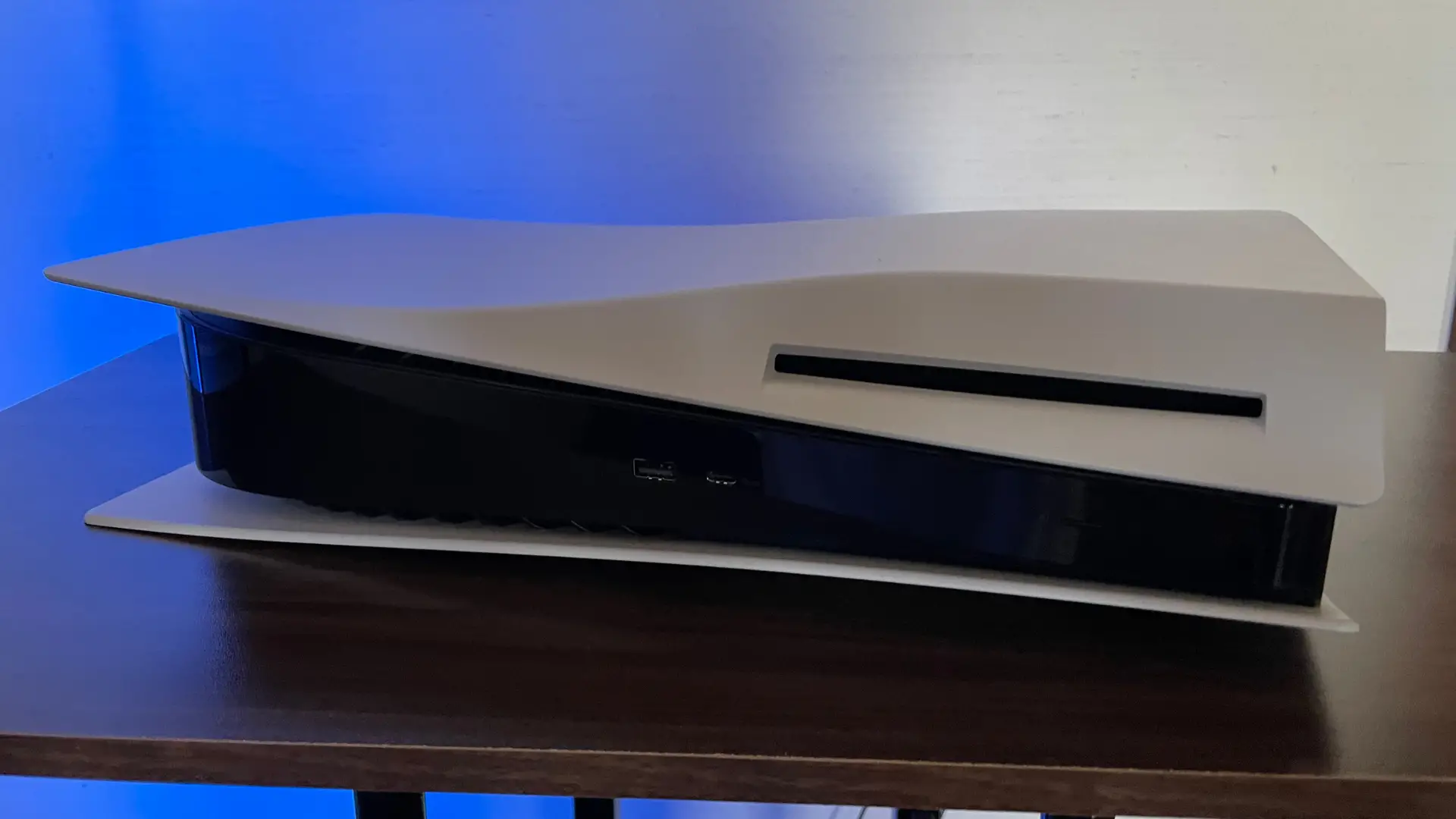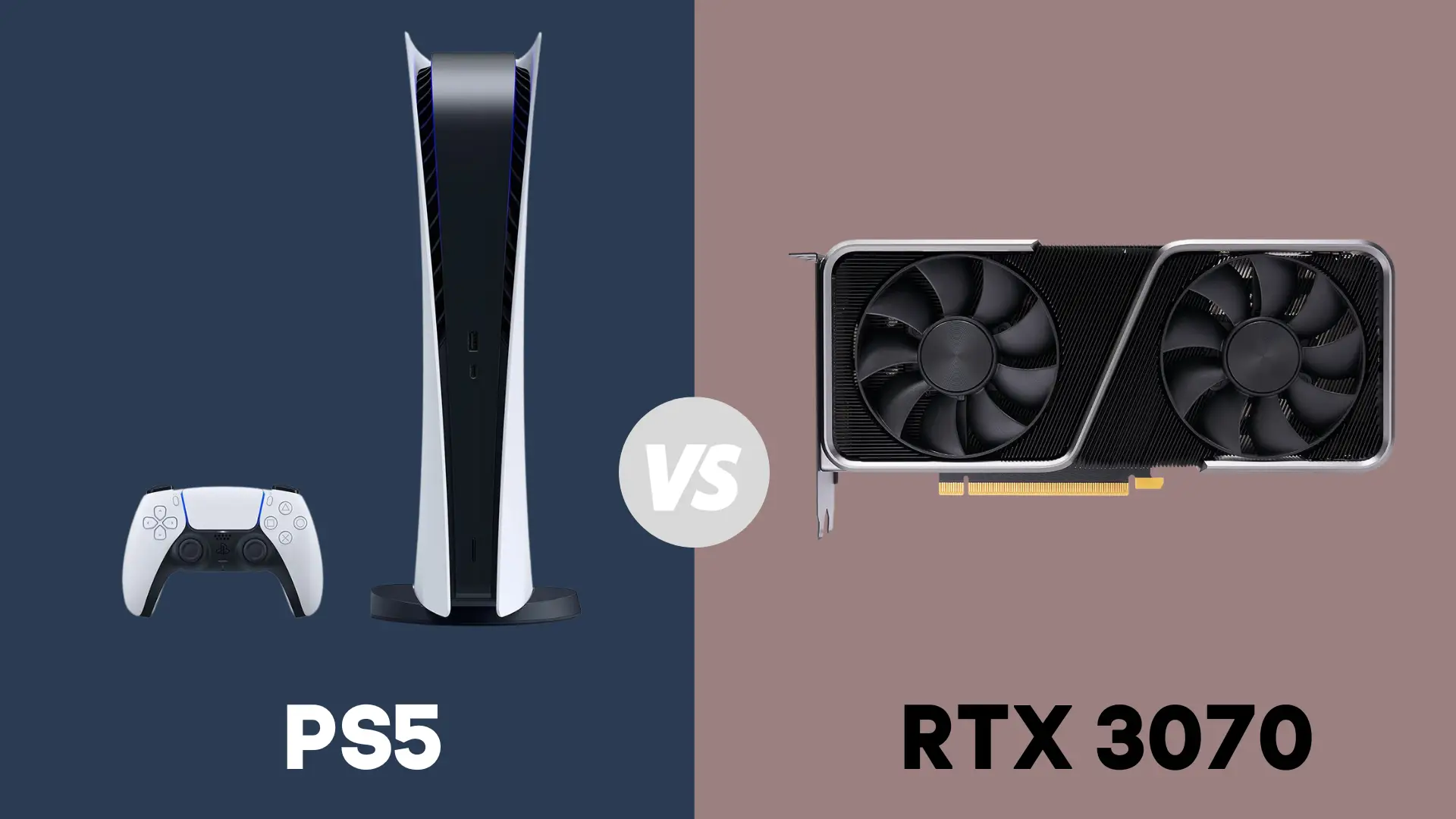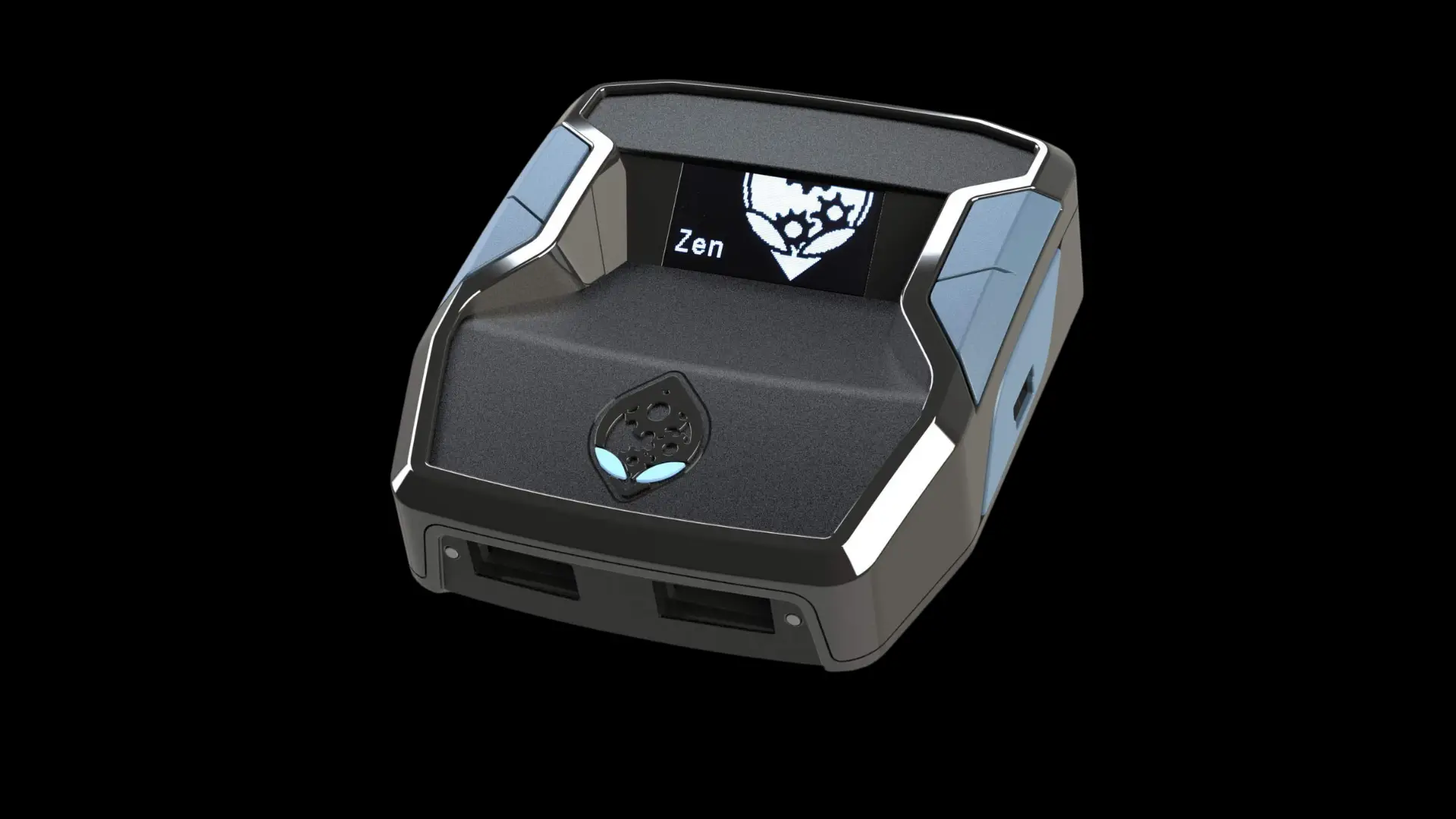How Wide is a 70-Inch TV?

Almost every TV manufacturer has 70-inch flat-screen TVs available on the market. Brands including Samsung, Vizio, and LG carry a wide variety of 70” TVs with different resolutions and display technologies.
While the dimensions of 70-inch TVs vary within the different models, in general, a standard 70-inch TV is 61 inches wide. This means that from the left to the right of the TV, it measures 61 inches, while the diagonal width of the TV is 70 inches.
When choosing the right 70” TV for your home, you’ll want to evaluate the unique features each TV has to offer and see what works within your budget.
Standard Width Chart for TVs
Below is a chart that sums up the size and widths of available TVs. When choosing a TV for your home, you’ll want to find the right balance between size and space available in your home. If you go too small, you risk having to sit too close to your TV. If you go too big, you may have too wide of a viewing angle, making it difficult for your eyes to absorb the full panoramic view.
A 70” TV is great for large-sized living rooms with wraparound couches. You want a minimum viewing distance of 8.75 feet, with a max viewing distance of 17.5 feet. This will make the viewing experience most comfortable without your eyes having to strain, and without making the viewing angle awkward.
| Size (inches) | Width (inches) | Minimum Viewing Distance (Feet) |
| 32” | 27.9” | 4.0 |
| 40” | 34.9” | 5.0 |
| 43” | 37.5” | 5.5 |
| 50” | 43.6” | 6.25 |
| 55” | 47.9” | 6.75 |
| 60” | 52.3” | 7.5 |
| 65” | 56.7” | 8.1 |
| 70” | 61” | 8.75 |
| 75” | 65.4” | 9.4 |
| 80” | 69.7 | 10 |
| 85” | 74.1” | 10.6 |
What are the Different Resolutions for 70” TVs?
Resolution refers to the number of pixels that make up a display on a TV. Every single pixel is illuminated by a backlight (in LED and QLED TVs), or self-lit (OLED TVs). The more pixels, the higher the quality and the deeper the contrast, since you can get more color and variation.
1080p (Full HD, High Definition)
Also referred to as Full HD or FHD, the 1080p resolution is very common. You get 2 million pixels (1920 x 1080 pixels) with a widescreen aspect ratio of 16:9. To support a Full HD TV, you’ll need the right cables and a Blu-ray player to get real Full HD images.
The Sharp PN-LE701 – 70″ Diagonal Class LED-backlit LCD TV is currently available online at Walmart. It has a brilliant high-definition LCD display and full LED backlighting for the brightest possible display.
4K Resolution (Ultra HD, Ultra High-Definition)
Currently the most popular resolution on the market, 4K means the television has 3,840 x 2,160 pixels, or about 8 million pixels. Today, most TVs above 50” will contain a 4K resolution, as the majority of digital television and cinematography use 4K resolution.
Samsung has a long list of 4K TVs, including the SAMSUNG 70″ Class Q60A QLED 4K Smart TV and the Samsung 70″ QLED Quantum HDR 4K Smart TV.
LG also has some best-in-class 4K TVs thanks to their Gen 5 AI Processor, which produces more depth and richer colors. Check out the LG 70″ Class 4K UHD 2160P WebOS Smart TV.
8K Resolution (8K UHD)
The highest resolution available for at-home television, 8K resolution has four times the pixels as a 4K TV, or more than 32 million pixels. You’ll get an immaculately crisp picture with defined edges, no blurring, and an ever wider range of contrast. These TVs certainly aren’t cheap, so if it’s something you really want to invest in, consider it a luxury. 4K TVs still offer superior quality, so you aren’t missing out if you don’t buy 8K.
The Lowest-Priced 70-Inch TVs
If you’re searching for a quality 70” TV that’s also a bargain, there are a handful of TV sets for less than $1,000. You don’t have to sacrifice quality here, as you can still get a 4K Smart TV with brilliant color and special features.
70-Inch TVs For Less Than $1,000
| Item Name | Special Features |
| VIZIO 70″ Class V-Series 4K UHD LED Smart TV | Dolby Vision HDR brings superb brightness, contrast, and color to entertainment. Full Array Backlight means the LEDs are evenly spread across the screen for uniformity Vizio Voice Remote makes it easy to search for your favorite movies and shoes Active Pixel Tuning adjusts contrast frame by frame in over 2000 zones |
| SAMSUNG 70″ Class 4K Crystal UHD (2160P) LED Smart TV | Crystal Processor automatically upscales video content Smart TV powered by Tizen allows you to stream your favorite content and apps Auto Game Mode optimizes the screen for gaming and reduces input lag |
| LG 70″ Class 4K Ultra HD 2160P Smart TV | Engineered with 4K display Quad Core Processor enhances color, contrast, and clarity Compatibility with smart assistants, such as Google Home Stream your favorite apps easily with webOS (Netflix, Hulu, Disney+) Low input lag (see action in real time) |
| SAMSUNG 70″ Class 4K Crystal UHD (2160P) LED Smart TV | Ultra-fast Crystal Processor 4K for crystal clear colors Samsung Soundbar improves clarity of dialogue and provides deeper bass Stream music by connecting your smart devices via Bluetooth LED display technology |
| VIZIO 70″ Class M6 Series 4K QLED HDR Smart TV | Award-winning Quantum Color delivers over a billion hues Full Array Backlight provides evenly distributed LEDs for uniform picture brightness and quality Dynamic Motion Rate 120 delivers optimal motion clarity and reduces blur |
| Samsung UN70TU7000FXZA 70 inch 4K Ultra HD Smart LED TV | Ultra-fast Crystal Processor 4K for crystal clear colors Auto Game Mode (ALLM) optimizes the screen and minimizes input lag Works with AirPlay 2 |
| LG 70UP7070PUE 70 Inch LED 4K UHD Smart webOS TV | Ultra-High Definition in 4K Quad Core Processor 4K uses upscaling for smooth, crisp experience webOS 6.0 supports streaming apps like Netflix, Hulu, Apple TV+, and more TruMotion 120 reduces blur with 120 frames per second |
What’s the Best Brand for a 70-Inch TV?
There are lots of different TV manufacturers, and the bottom line is they’re all trying to produce quality images for an enjoyable, entertaining experience. Top brands include Samsung, Sony, Vizio, TCL, and LG.
If you’re looking for exceptional audio quality, Sony TVs are top of the line. They’re known for their proprietary Acoustic Surface Audio+, which emits sound from the TV panel itself, rather than a separate system of speakers. As a brand heavily involved in music production, you can trust that Sony TVs deliver some of the best sound out there. Sony televisions aren’t cheap, and you definitely will be paying a premium.
A highly popular, low-cost alternative are TCL TVs. This Chinese brand takes up about 10% of the global TV market, making it the 2nd most popular brand worldwide. You can find their 5-Series and 6-Series TVs in the United States.
LG TVs are probably the most popular OLED TVs, and they actually produce OLED panels for themselves and competitors. LG OLED televisions are known for their brilliant brightness, and sharp contrast for a highly vivid viewing experience.
What’s the Difference Between OLED and QLED?
OLED and QLED are acronyms for how light is displayed on television sets. OLED stands for “organic light-emitting diode”, while QLED stands for “quantum dot LED TV”. In OLED TVs, the pixels are self-lit. In QLED TVs, the screen relies on an LED backlight to illuminate the pixels. Most people prefer OLED TVs because of their superior picture quality. You get a more dynamic screen with higher contrast, since each pixel can illuminate to varying degrees or be completely black. You’ll get about the same resolution, video processing, and color with both models, as both can achieve a 4K resolution.
How Much Does a 70-inch TV Weigh?
While the width for a 70-inch TV is pretty standard and may only differ slightly, the weight for 70-inch TVs can differ a fair amount. On the low end, you have TVs like the onn. 70” Class 4K UHD (2160P) LED Roku Smart TV HDR, which is only 45 pounds.
Most 70-inch TVs will weigh somewhere between 50 and 65 pounds. For example, the SAMSUNG 70″ Class 4K Crystal UHD (2160P) LED Smart TV weighs 54 pounds, which is common for most 70-inch TVs. Heavier models such as the Weatherized TVs Prestige Converted LG 8 Series clock in at 63 pounds, because they’re meant for the outdoors and have some extra layers of protection.
In general, you can plan on the average 70-inch TV being somewhere around 55 pounds before the product is assembled with mounting and accessories.
Why Choose a Smart TV?
Almost all TVs available today are built with smart TV technology. Just like having a smartphone, smart TVs allow you to download apps, software, and different features to improve watching experience and expand your TV library.
The main benefits of owning a smart TV include:
- Access to a variety of channels and streaming services
- Ability to play music on your TV
- Display web browsing, gaming, and other compatible media
- Convenient and easy to search for programs (no need to scroll through cable channels)
- Voice commands to Google Assistant or Alexa
Smart TVs are high-powered pieces of technology with tons of features. As with any piece of technology, there can be a few downsides. Smart TVs can crash just like a computer, since it’s juggling a lot of apps and Wi-Fi connections. Additionally, there may be some security issues if you are streaming from the internet. Nevertheless, smart TVs have come a long way and the technology continues to improve, so you don’t have to worry too much about these potential issues.
- How to Pair Meta Quest 3 Controllers with Your Quest 3 Headset: A Quick Guide
- How to Charge Meta Quest 3: A Guide to Powering Up Your VR Experience
- How to Cast Meta Quest 3 to Samsung TV: A Step-by-Step Guide
- How To Factory Reset Your Meta Quest 3: A Step-by-Step Guide
- How to Power On and Off the Meta Quest 3





